Weekly Offer
The Ultimate Facebook and Google Ads Training Program
100+ Lectures Training Program
0Days : 11h : 56m : 28s
- Comprehensive Paid Ads Training
- Complete Social Media Training
- How to create a killer Core Audience?
- Eight Key benefits of Google Ads
- Marketing Goals & Campaign Types
Special Offer
Learning Outcomes
Facebook Ads
- Six reasons why using Facebook Ads is a must
- Learn the Five Pre Requisites before initiating a Powerful Campaign
- How to integrate Facebook Ads Sales Funnel with marketing objective?
- How to select the right marketing budget?
- How to create a killer Core Audience?
- How to create & use remarketing audience for optimal results?
- How to select the right Ads placement?
- How to Test, measure and optimize campaigns, ad sets, ads & ad accounts
- Eight Key Success Indicators for creating evergreen ads
- How to select the right marketing objective?
- How to structure Facebook Ads campaign? (ABO vs CBO)
- How to select the right target audience?
- How to create meaningful Custom Audience?
- How to create a powerful Lookalike Audience (LLA)?
- Complete guide on how to spot a winner ad with examples.
Google Ads
- Why every business should advertise on Google
- How Google Ads Work
- Eight Key benefits of Google Ads
- Profit Calculator – Leads to Sales Method
- How to create Google Ads account
- Marketing Goals & Campaign Types
- why advertisers should Structure Google Ads Account Networks
- Google Ads Audience, Bidding & Budgeting
- Detailed Targeting (Audience)
- Affinity Audience
- In-Market Audience
- How to create Website Audience for Remarketing
- Learn the power of Google Ads Extensions
- Google Search Ads Keyword
- Types of Negative Keywords
- Keyword Research & Execution
- Search Ads Creation
- Best practices for writing compeling Search Ads
- Ad creation demonstration with example
- Campaign & Ad Template
- Google Analytics & Conversion tag importance for creating & utilizing relevant audience
Learn Facebook & Google Ads success factors with practical examples to create Powerful campaigns. Beginners to Advanced
Grab This Limited Time Offer & Get
Lifetime Access
Duration
Course Content
Expend all sections
Preview02:40
- Course Curriculum Guide & Learning Structure
01:29
- Introduction of Facebook Beginners Guide
02:39
- Six reasons why everyone should run Ads ?
03:39
Preview03:15
- The eight Key Ads Success indicators explained in 11 Minutes
10:59
- Understand the Ads Algorithm (Ads Relevance Diagnostic Tool + Pixel)
05:02
- Understand Ads Algorithm ( Facebook Bid Strategies & impact of Feedback)
04:44
- Understand Ads Algorithm – ABO vs CBO
02:37
- Understand Ads Algorithm – What is Ads Sales Funnel?
02:48
Preview14:17
- Ads Campaign Structure & Ads Manager Dashboard Walkthrough
16:15
- Revealing the FIVE key Pre Requisites of a Successful Campaign
01:46
- Prerequisite 1 – Policy Compliance
10:22
- Prerequisite 2 – Optimized Page
01:45
- Prerequisite 3 – Optimized Website
02:23
- Prerequisite 4 – Tracking Pixel
01:09
- Prerequisite 5 – Customer Query Management
01:24
- Marketing Objective Intro, Recall & Learning Outcomes
05:02
- How to Integrate Marketing Objective with Ads Sales Funnel – Example
12:42
- Scenario based marketing objective session
13:34
- 01:13Campaign Structure Intro
- 02:46ABO Campaign Structure with Illustration & Examples
- 04:57CBO Campaign Structure with Illustration & Examples
- 08:00ABO structure analysis of $21500 & $20000 campaign with single ad set strategy
- 12:24CBO structure $47,000 Campaign case study with success key indicators
- 06:27ABO Campaign Analysis with multiple ad sets structure
- 12:11Budget & Schedule (Options with Importance)
- 02:20Audience Section Intro
- 20:04Core Audience – Example 1
- 06:43Core Audience – $21,000 Campaign Case Study
- 09:11Core Audience – Example 2
- 07:44Core Audience – Example 3
- 10:34Core Audience – Campaign Structuring Options
- Custom Audience Overview
05:40
- Audience integration with Ads Sales Funnel
07:32
- Exploring the options of Custom Audience
05:57
- How to create Website Custom Audience – Multiple Scenarios
15:59
- How to create a Customer List Custom Audience & its benefits
12:41
- How to create APP activity & Offline Events – Custom Audiences
05:07
- How to create Custom Audiences from sources
16:47
- 01:17Lookalike Audience (LLA) – Intro & Learning Outcomes
- 08:44A detailed overview of how LLA Audience can be generated from custom audience
- 08:11How to create multiple LLA’s from one source – Practical Execution
- 03:43LLA 1% Purchased Event – $21,000& $16,500 Case studies
- 06:23How I use different custom audience to create LLA audience
- 09:04A walkthrough of Placement Options
- 04:16How to structure campaigns on Placement Level
- 10:34Placement Selection Suggestions with help of $40,000 Campaign case study
- Ads Section Intro
01:10
- What are the Four Key Elements of Ads
11:17
- Ads Design, Text, Technical Requirements & Suggestions
06:07
- A practical demonstration of third layers of Ads
09:43
- How spying competitor ads can save time effort and dollars
10:00
- Impact of Ads Relevance Indicators on overall ads performance
12:46
- $41,000 campaign case study to explain the impact of Ads relevance diagnostic
03:50
- How to get consistent results after identifying winning ad(s)
06:46
- Bonus Video – Dynamic Creative (Theory + Example)
23:19
-
17:10How to measure & Optimize campaign data from Ads manager
-
02:41Continuous Testing Intro
-
05:32Budget Distribution Strategy for Testing
-
08:47How to do ad sets, creative & new feature testing
-
03:53How to use winning ad sets for consistent results?
-
03:55How to use creatives in winning ad sets to get consistent results?
-
03:22How to use creatives to identify new ad set for consistent results?
-
05:31Course Summary & Ending Notes
-
9:29Quality Score
-
6:27Ad Rank Calculation
-
11:36Campaign Reporting & Measurement
-
9:36Google ads Sales Funnel
Description
I have ten years experience of running & managing Facebook Ads marketing. During these ten years, I have managed & spent over $1.5 Million on ads with target audience all over the Globe. In this course, I will reveal everything which I learned on Facebook ads with practical demonstration of my WINNING Ads strategies. I have trained over 50,000+ students Worldwide & have assisted over 100+ companies in forming their Digital Marketing strategies. In this course, I will demonstrate following WINNING campaigns strategies directly from the ads manager to explain the power & integration of eight Facebook Ads Success factors:
I will reveal my $38,000 Winning Campaign Strategy
ABO structure analysis of $21,500 & $20,000 campaigns with single ad set strategy
CBO structure $47,000 Campaign case study with key success indicators
LLA 1% Purchased Event – $21,000& $16,500 campaign case study
Placement selection suggestions with the help of $40,000 Campaign case study
$41,000 campaign case study to explain the impact of Ads relevance diagnostic tool on overall results
Section1: Complete Guide to Facebook Ads in 2021
Section one will cover the basic guide of Ads Marketing. The course will start off with six reasons why everyone needs to run Ads. In the second video, I have revealed EIGHT key success factors & have briefly covered each of the factor with examples. The eight success factors are policy compliance, realistic goal, audience identification, budget planning, engaging creatives, measurement & optimization, continuous testing & understanding ads algorithm. The entire course is structured around the eight key success factors. While explaining each layer of Facebook ads, I will be linking every key success factor for better understanding.
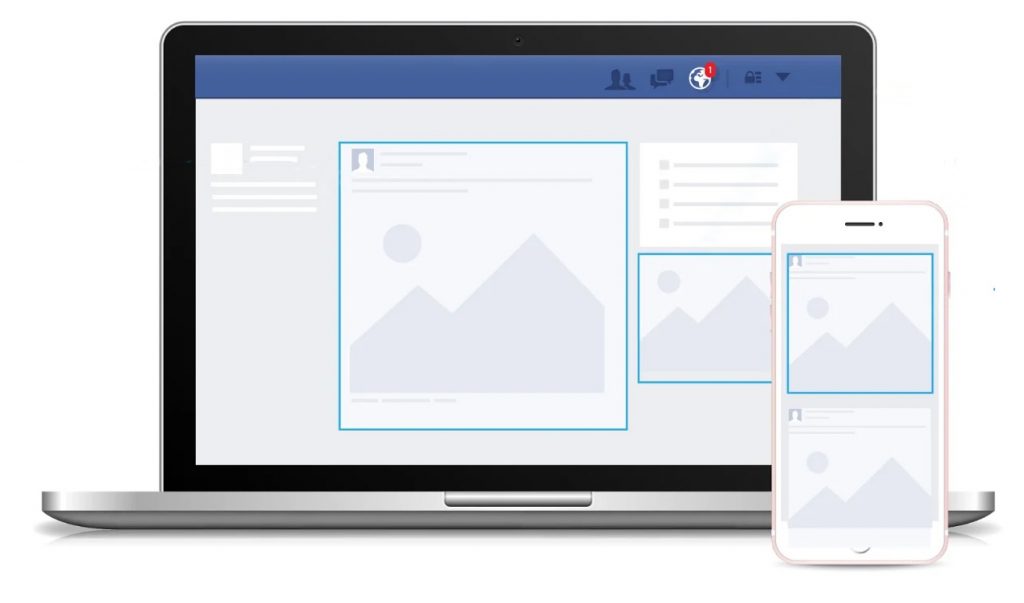
Section 2: Ads Manager Walkthrough & Five Campaign Success Pre Requisites
Section two is divided in to two parts. In the first part, I have shared my $38,000 ever green campaign as an example to set the pace of this course. Ads manager demonstration topic has been covered after the example. In the second part of Section two, I have revealed the FIVE key Ads Campaign Pre Requisites. Policy compliance, Optimized Pages, Optimized Website, Tracking Pixel & customer query management are the five pre requisites. Follow these five pre requisites; If you are planning to play a long-term game. No entrepreneur or advertiser likes to flavor the disaster of getting their ads account disabled. This is the core reason why everyone has to follow the five pre requisites before even creating a campaign.

Section 3: Marketing Objective & Sales Funnel
In section three you will learn the importance of selecting the right marketing objective. Like stated above, selecting a realistic goal is the second key Ads success factor. After following the five pre requisites; the first option that advertiser needs to select for creating a campaign is marketing objective. Imagine running an engagement campaign when your goal is to get website clicks? Marketing objective is integrated with advertiser set KPI’s. There are three categories in marketing objective that are awareness, consideration & conversion. Each category has several sub categories. Every option in marketing objective is linked with Ads Sales Funnel. I have covered the integration of sales funnel & marketing objective with examples.

Section 4: Campaign Structure & Budget
Section four has two parts. After selecting the marketing objective, advertiser have to finalize the campaign structure. The first part of this section will cover how an advertiser can select ABO or CBO campaign structure with examples. Selecting the right structure sets up the tone of a successful campaign. After the campaign structure advertiser has to select the right marketing budget. There are multiple basic and advanced options available in budget section. Give a realistic budget to your campaign in order to exit the ad set learning phase as soon as possible. This is where the eighth Ads success key of “Understanding the ads Algorithm” comes in to play. The sooner your ad set exits the learning phase; the better the results you can expect. All of this has been covered in section four.

Section 5: Core/Detailed Audience
There are three types of audience options available for running ads. In the fifth section, I have covered the core/detailed targeting option with examples. Core Audience sets the tone of custom audience and Lookalike audience for the new advertiser. Scenario based core targeting selection with examples have been covered. I also have shared a $21,000 campaign case study to explain the significance of Core audience.
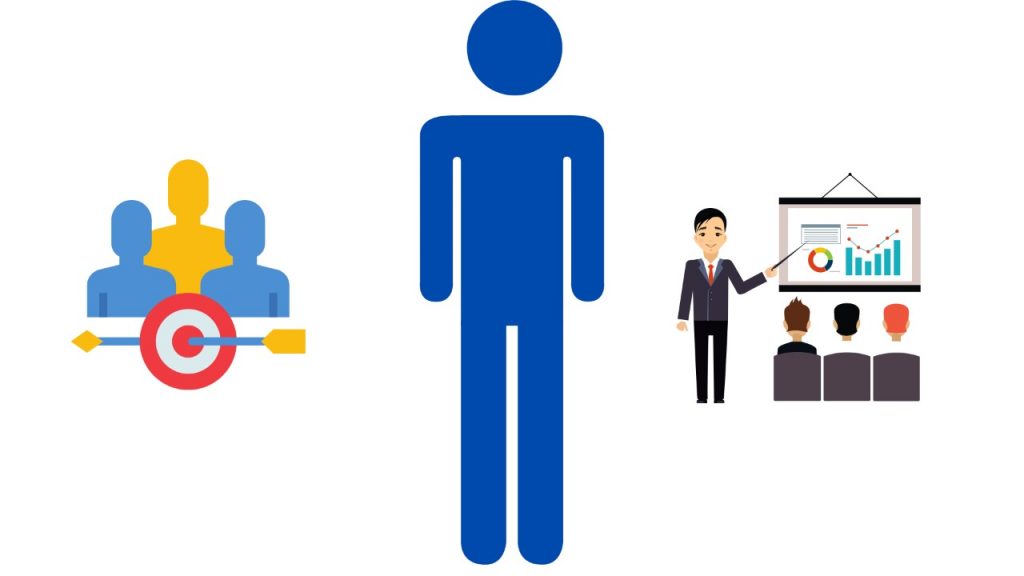
Section 6: Custom Audience
In sixth section, custom audience options are covered in detail. These are two sources to create custom audience. First is the advertiser source like website, customer list, offline activity or app. The second is Facebook source like Instagram page, Video, Events, Shopping & instant experience. All these sources are utilized to create audiences who have already connected with the brand. I have covered how an advertiser can create a meaningful custom audience for running remarketing ads.
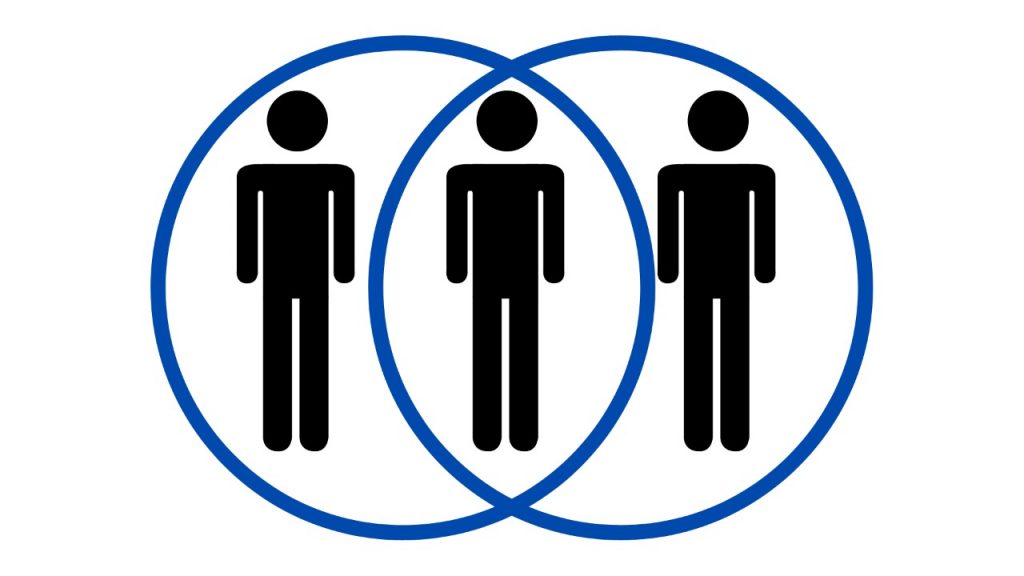
Section 7: Lookalike Audience (LLA)
Advertisers can reach to fresh prospects by creating Lookalike audience (LLA). In this section, I have covered the best practices for building a meaningful LLA audience. The power of LLA is explained with $16,500 & $21,000 campaign case studies. Different scenarios for creating a meaningful LLA audience is also covered in this section along with examples.

Section 8: Ads Placement
After selecting right marketing objective, right structure, right marketing budget & right audience, advertisers moves to placement selection. The selection can be done on manual or automatic placement options. This is where an advertiser decides on which placement & platform they want to showcase their ads. I have shared a $40,000 campaign case study to explain the impact of placement selection.

Section 9: How to create & Spot Winner Ads
You will move to the third layer of Ads after selecting the right placement. This layer is considered as the most important aspect of Ads success. There are a lot of formats and ad options available for the advertisers to create an effective ad. The key four elements of ads are covered with examples. I have connected ads with the ad relevance diagnostic tool to make everyone understand the power & significance of ranking system. A $40,000 campaign case study is covered to explain WINNING ads methodology. I have also covered how Winning ad can be utilized to achieve consistent results through Facebook Ads.
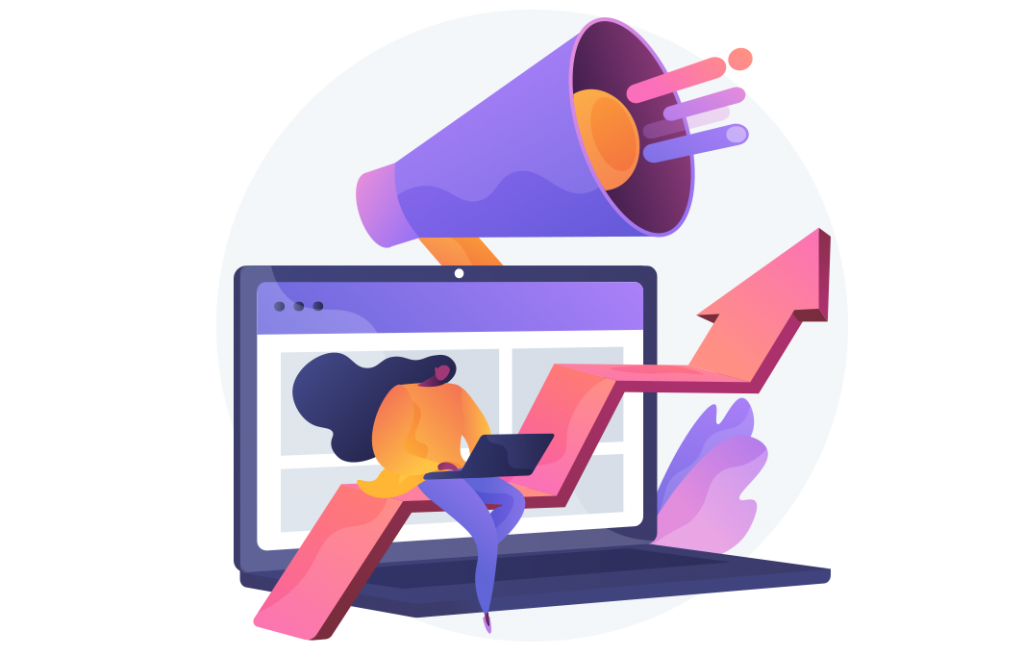
Section 10: Test, Measure, Optimize & Repeat
In order to be successful on Ads; the process of measurement & optimization starts as soon as the campaign is initiated. Without continuous test, measurement & optimization; success cannot be achieved. I have covered the measurement & optimization topic with the help of an example. No creative or audience will work forever & advertiser has to face creative or audience saturation. In order to avoid saturation, I have covered the testing methodology for achieving consistent results.
After completing this course you will be in a position to create an effective Ads strategy. You will also learn the integration of all eight success factors. Feel free to contact me incase of any query or assistance. Happy Learning. Enjoy the course.

Section 11: Google Ads Intro, Profit Calculator & Ads Dashboard Overview
Google Ads are the best source to reach a targeted audience and help your business grow in the internet world. The Google Ads Intro program helps entrepreneurs to take the business to the next level by adopting the right strategy that Google has given to the business. You can utilize different ad formats through this platform. These include display ads, search ads, video ads, and app ads. Choose the one that meets your needs and help your audience to know about your brand.
People who do online business have to calculate profits and know about the popularity of ads. For this, there is a need to calculate profits. For this, people take the assistance of a profit calculator and ads dashboard. These tools calculate the ad cost on a single turnover. The calculation is based on the cost of ads, type of ads budget, performance, and reasons for campaign budget optimization failure.
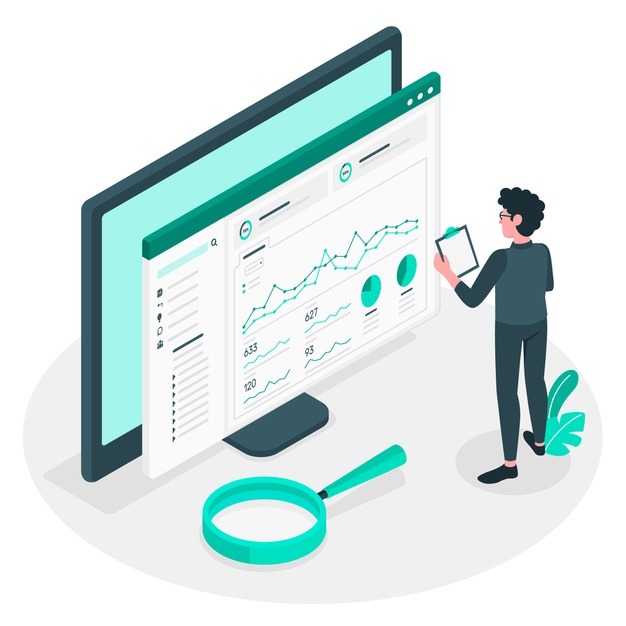
Section 12: Google Ads Marketing Goals, Campaign Types & Campaign Structure
Google Ad marketing goals is a tool that uses a goal to provide convenience to the user to help make the campaign successful. The goal the user selects must align with the main target of the campaign. For example, if one set maximum sales then the goal will be the sale of the product. After selecting the goal, the user has to check the relevant features and set them accordingly to help in attaining the expected results.
Campaign structure is a critical piece in any effort of advertisement. One can structure campaigns by using different methods. Each account has multiple campaigns, and each one has the search text ad in multiple ad groups. Ad groups own the keywords while ads are related to such keywords. To be successful, it is essential to create a separate campaign structure for each network.
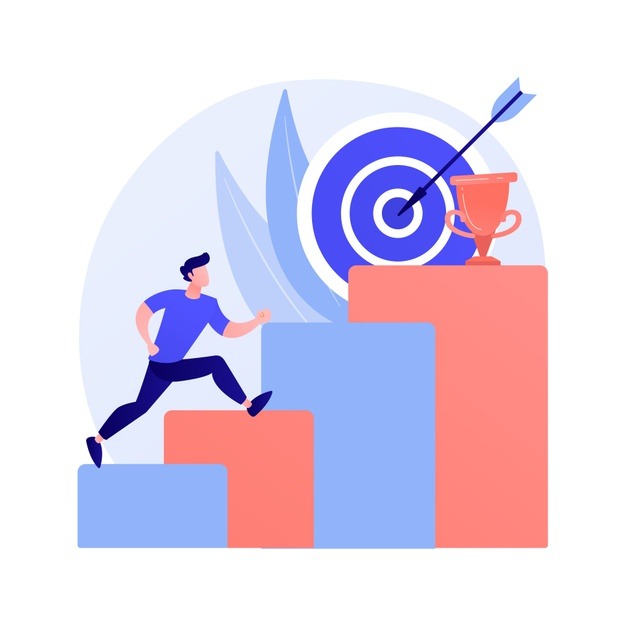
Section 13: Google Ads Audience, Bidding & Budgeting
The audience is the group of people to display hotel campaigns, search, or videos. The audience has special intent, demographic information, and interests. To select the group of the audience, there is a need to select from a wide range of categories. Such as people shopping for vehicles, several people visiting the website, or fans of traveling. Google ads show ads to people who belong to a particular category.
To advertise on Google, there is a need to decide the right budget and bidding options. Your budget describes the charging limit for the campaign at the individual level. Thus it is an average amount that the user is comfortable spending each day. The actual cost may be below. Therefore you have to manage the bids to spend for the cost of the ad. By managing the bids, one may influence the amount of traffic the ads receive and their return. With higher bids, the campaigns will get more traffic, and ultimately, ROI will be high.

Section 14: Google Search Ads Keyword
You can use the Google Ads keyword-free tool to identify the new keywords that are suitable for your website. Thus, you can find out the estimates of the searches you receive and check the cost to target each of them. The tool discovers the keywords and you get suggestions for keywords that are related to services, products, and websites. Moreover, you can see monthly searches, as well as get estimates on the searches each keyword, get every month. Furthermore, you determine the cost as well as organize the keywords that fit in multiple categories relevant to your brand.

Section 15: Google Search Ads Creation
You can use the Google Ads keyword-free tool to identify the new keywords that are suitable for your website. Thus, you can find out the estimates of the searches you receive and check the cost to target each of them. The tool discovers the keywords and you get suggestions for keywords that are related to services, products, and websites. Moreover, you can see monthly searches, as well as get estimates on the searches each keyword, get every month. Furthermore, you determine the cost as well as organize the keywords that fit in multiple categories relevant to your brand.

Section 16: Google Ads Quality Score, Ad Rank & Ad Measurement
Google Ad quality score is the diagnostic tool that gives guidance about the ad’s quality compared to other ads. The score is measured on a scale with one to 10 rankings. It is available at the keyword level; a high-quality score dictates that your ad and landing page are relevant and useful for the audience. The quality tool is useful for identifying the ads, keyword selection, and landing pages.
Ad position is the order of the ad in the auction result. For example, number 1 indicates the ad was first shown with no other ads ahead of it, while 2 indicates the ad shown in the second number. The ad position does not indicate that the ad is above the organic search results. Rather it may be the ad position beneath the organic search results. Rate metrics are the best solution to know the ad rank and measurement of the ads.
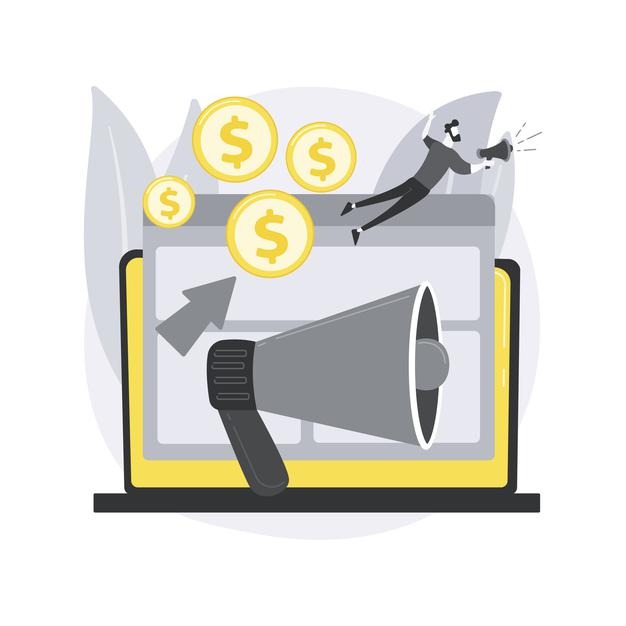
Who this course is for:
- Business Owners, Social Media Managers, Entrepreneurs, Consultants & Digital Marketing Executives
- Facebook and Google ads success factors and strategies covered in course will work for both beginner & advance advertiser

Students Feedback












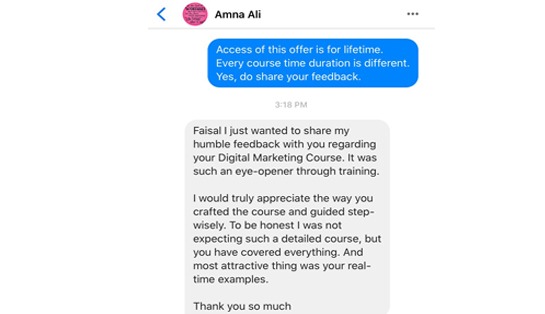























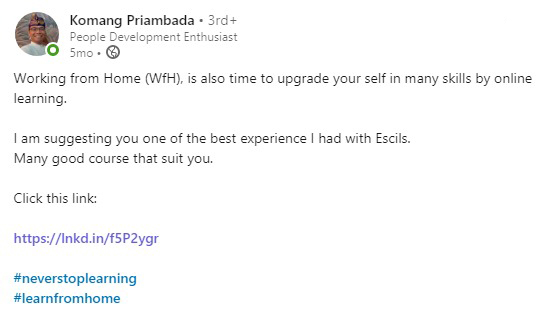









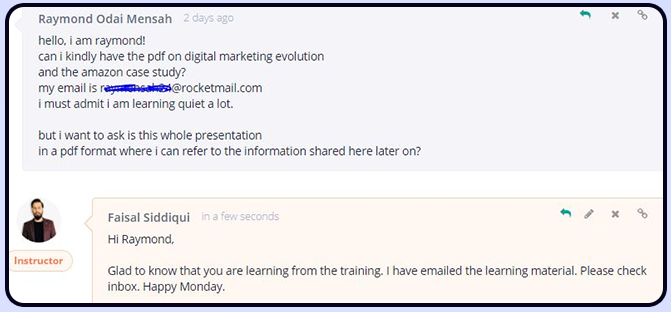
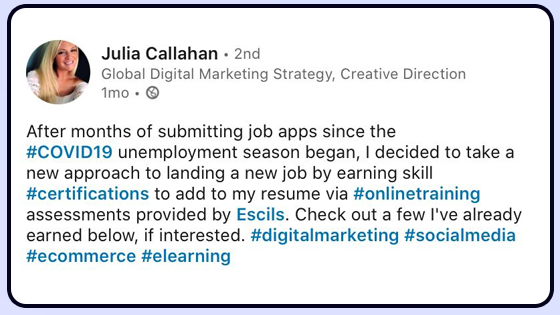

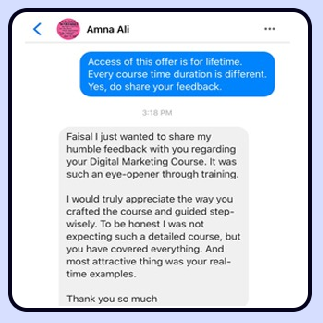
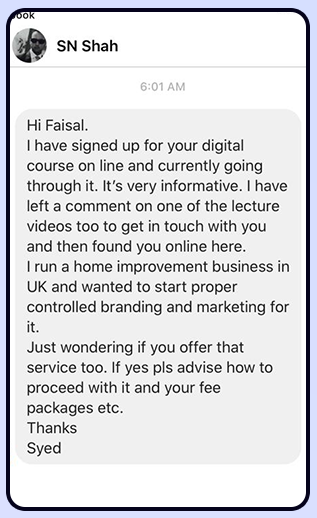
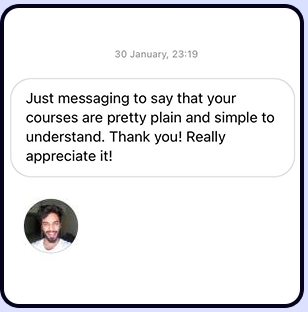
Senior Trainer

Faisal Ahmed Siddiqui
About Instructor.
Experienced Entrepreneur with a demonstrated history of working in the field of Digital Marketing & Advertising. Worked with over 50+ Multinationals, Brands, Companies & Business Partners with a common goal i.e “WINNING”.
Faisal has an experience of spending over $1 Million in the past 8 years on different digital Marketing mediums with an objective oriented approach. Experience of working with different industries like; Fast Food, Expensive Handbags, Mobile Phones, Cars, Elearning, News, Apparel, Real estate, Ecommerce, NGO’s & others.
Now transferring years of Digital Media Knowledge to Worldwide students through online training sessions. Mainly focused on Facebook ads training & Viral Content Strategy for digital experts, small & big business owners.
